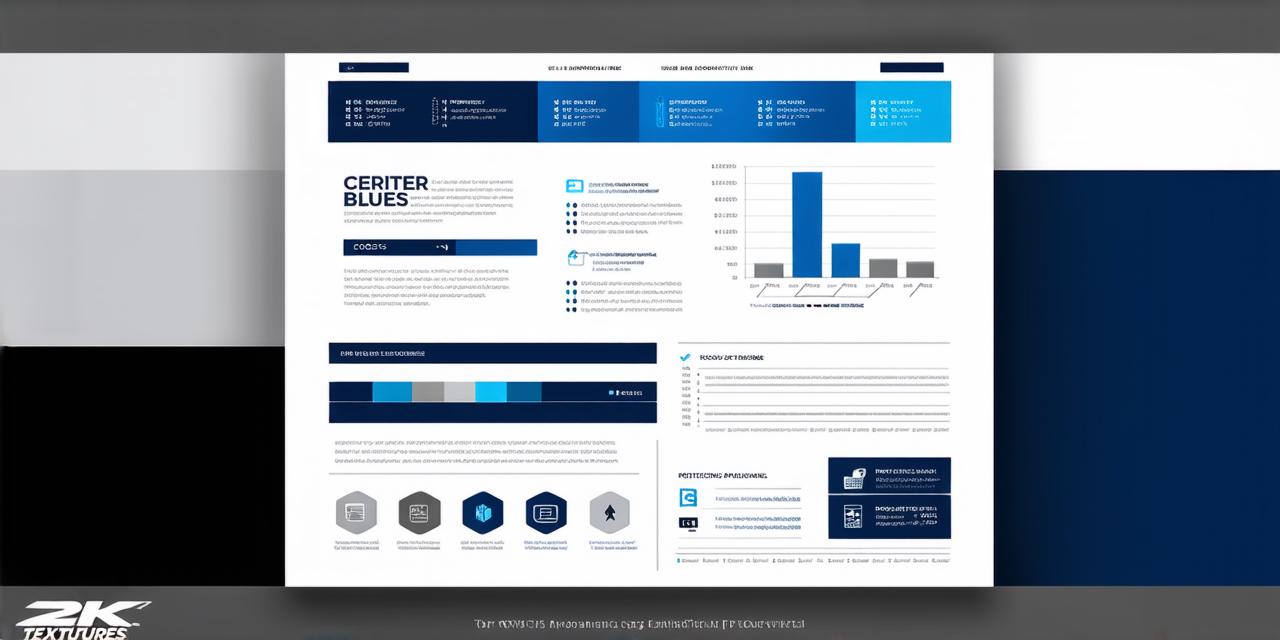Outsourcing vs Insourcing: Understanding the Key Differences
Benefits of Outsourcing
Cost Savings: One of the main benefits of outsourcing is cost savings. By outsourcing tasks to a third-party provider, businesses can take advantage of lower labor costs in other countries or regions, resulting in significant cost savings.
Increased Efficiency: Outsourcing can also increase efficiency by allowing businesses to focus on their core competencies while leaving non-core tasks to the outsourcing provider. This can free up time and resources for more important activities, resulting in increased productivity and improved business performance.
Access to Specialized Expertise: By working with an outsourcing provider, businesses can access specialized expertise that may not be available internally. This can include language skills, cultural knowledge, or technical expertise that is critical to the success of certain projects or tasks.
Flexibility: Outsourcing also provides flexibility in terms of staffing and resource allocation. Businesses can scale up or down as needed, without having to worry about hiring or letting go of employees. This can be particularly useful during periods of high demand or when specific projects require additional resources.
Benefits of Insourcing
Control and Customization: Insourcing provides businesses with greater control over their operations, as they have direct oversight of the work being done by their employees. This can result in more customized solutions that are tailored to the specific needs of the business.
Intellectual Property Protection: Insourcing can also provide greater protection for intellectual property rights, as all work is done in-house and under the direct control of the business. This can reduce the risk of data breaches or other security issues that may arise when working with an outsourcing provider.
Reduced Communication Complexities: By keeping all work in-house, businesses can also simplify communication complexities that may arise when working with an outsourcing provider. This can result in smoother project management and improved collaboration between teams.
Benefits of Both Outsourcing and Insourcing
Improved Business Performance: Both outsourcing and insourcing can improve business performance by freeing up time and resources for more important activities, resulting in increased productivity and improved business outcomes.
Specialized Expertise: Both outsourcing and insourcing can provide access to specialized expertise that may not be available internally. This can include language skills, cultural knowledge, or technical expertise that is critical to the success of certain projects or tasks.
Cost Savings: Both outsourcing and insourcing can result in cost savings by taking advantage of lower labor costs in other countries or regions, or by eliminating the need for expensive equipment or training.
Costs of Outsourcing
Communication and Coordination: One of the main costs of outsourcing is communication and coordination. This can be particularly challenging when working with a provider in a different time zone or location, resulting in longer lead times and increased costs due to overtime or additional staffing.
Cultural Differences: Cultural differences can also be a challenge when working with an outsourcing provider from a different country or region. This can result in misunderstandings, miscommunications, and other issues that may impact the success of the project.
Intellectual Property Protection: Outsourcing can also pose risks to intellectual property rights, as all work is done by an external provider and not under the direct control of the business. This can result in data breaches or other security issues that may compromise the confidentiality and integrity of the business’s intellectual property.
